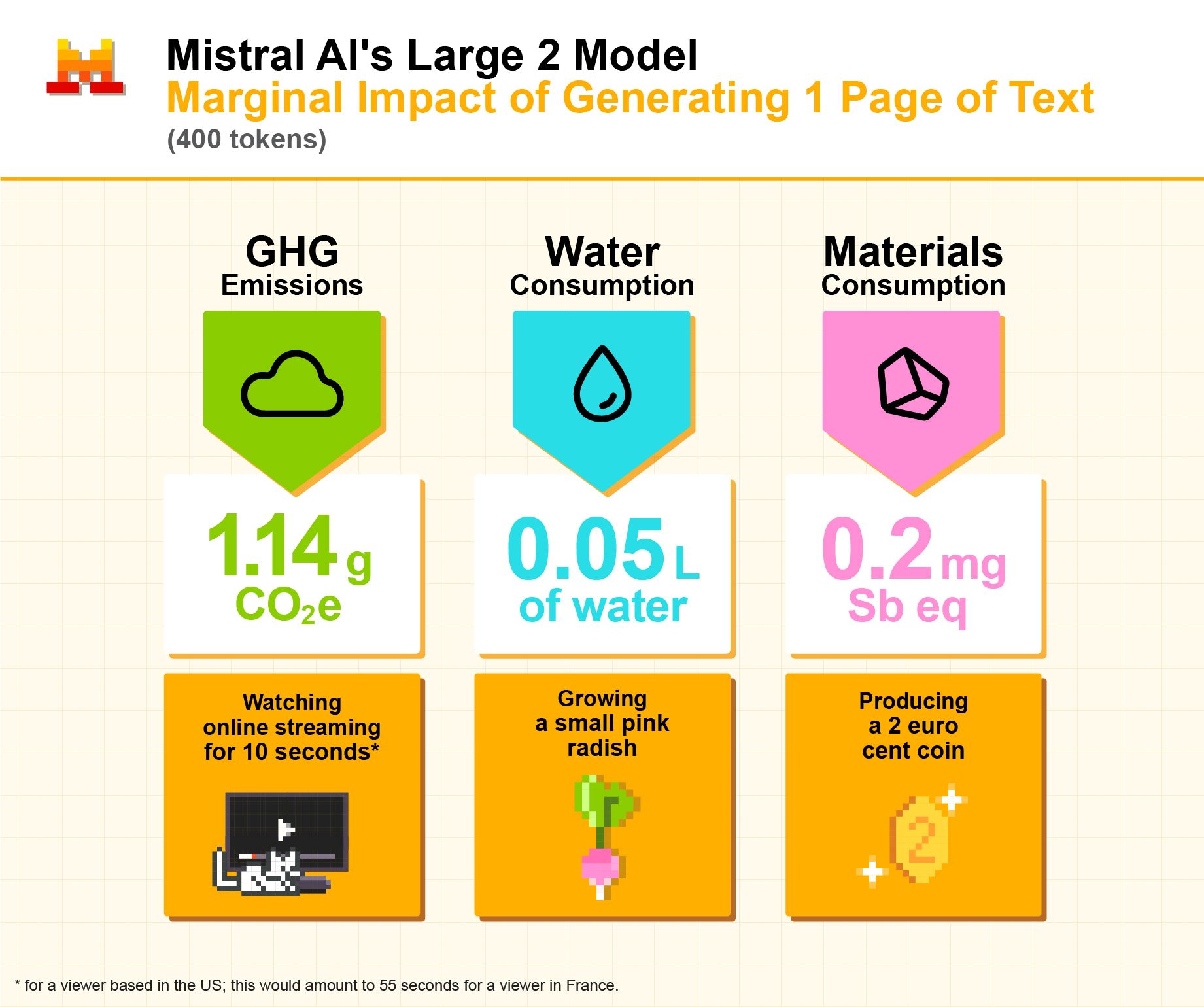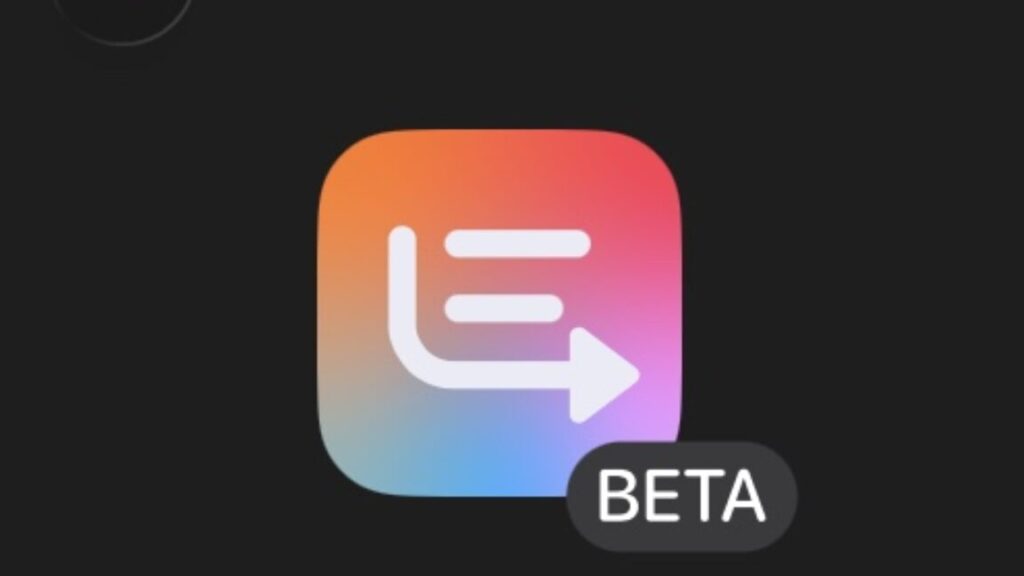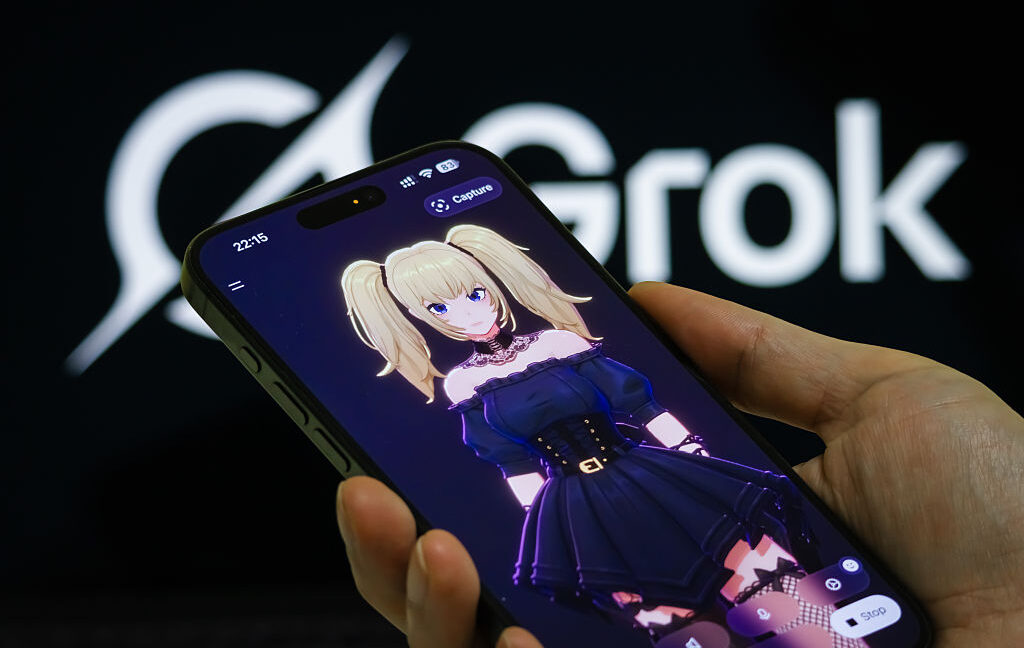Mistral’s new “environmental audit” shows how much AI is hurting the planet
Despite concerns over the environmental impacts of AI models, it’s surprisingly hard to find precise, reliable data on the CO2 emissions and water use for many major large language models. French model-maker Mistral is seeking to fix that this week, releasing details from what it calls a first-of-its-kind environmental audit “to quantify the environmental impacts of our LLMs.”
The results, which are broadly in line with estimates from previous scholarly work, suggest the environmental harm of any single AI query is relatively small compared to many other common Internet tasks. But with billions of AI prompts taxing GPUs every year, even those small individual impacts can lead to significant environmental effects in aggregate.
Is AI really destroying the planet?
To generate a life-cycle analysis of its “Large 2” model after just under 18 months of existence, Mistral partnered with sustainability consultancy Carbone 4 and the French Agency for Ecological Transition. Following the French government’s Frugal AI guidelines for measuring overall environmental impact, Mistral says its peer-reviewed study looked at three categories: greenhouse gas (i.e., CO2) emissions, water consumption, and materials consumption (i.e., “the depletion of non-renewable resources,” mostly through wear and tear on AI server GPUs). Mistral’s audit found that the vast majority of CO2 emissions and water consumption (85.5 percent and 91 percent, respectively) occurred during model training and inference, rather than from sources like data center construction and energy used by end-user equipment.
Through its audit, Mistral found that the marginal “inference time” environmental impact of a single average prompt (generating 400 tokens’ worth of text, or about a page’s worth) was relatively minimal: just 1.14 grams of CO2 emitted and 45 milliliters of water consumed. Through its first 18 months of operation, though, the combination of model training and running millions (if not billions) of those prompts led to a significant aggregate impact: 20.4 ktons of CO2 emissions (comparable to 4,500 average internal combustion-engine passenger vehicles operating for a year, according to the Environmental Protection Agency) and the evaporation of 281,000 cubic meters of water (enough to fill about 112 Olympic-sized swimming pools).
The marginal impact of a single Mistral LLM query compared to some other common activities. Credit: Mistral
Comparing Mistral’s environmental impact numbers to those of other common Internet tasks helps put the AI’s environmental impact in context. Mistral points out, for instance, that the incremental CO2 emissions from one of its average LLM queries are equivalent to those of watching 10 seconds of a streaming show in the US (or 55 seconds of the same show in France, where the energy grid is notably cleaner). It’s also equivalent to sitting on a Zoom call for anywhere from four to 27 seconds, according to numbers from the Mozilla Foundation. And spending 10 minutes writing an email that’s read fully by one of its 100 recipients emits as much CO2 as 22.8 Mistral prompts, according to numbers from Carbon Literacy.
Mistral’s new “environmental audit” shows how much AI is hurting the planet Read More »

















